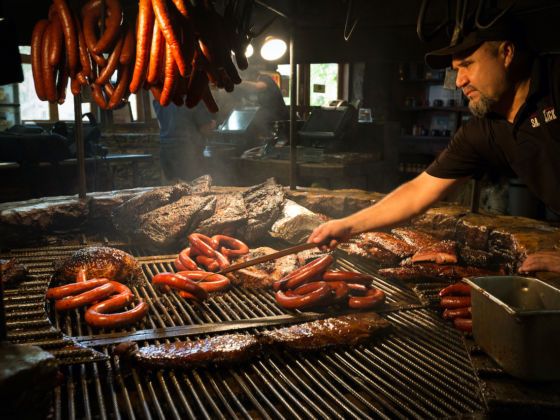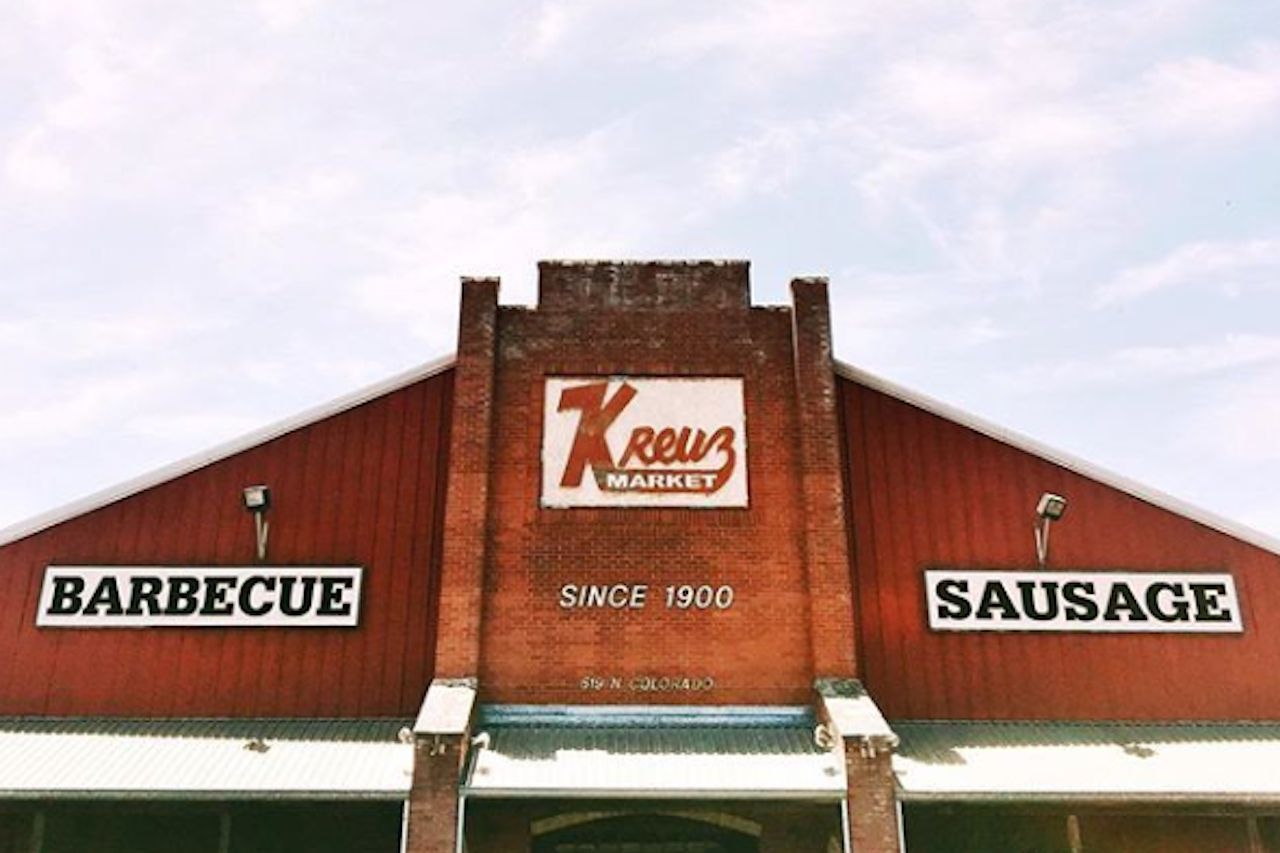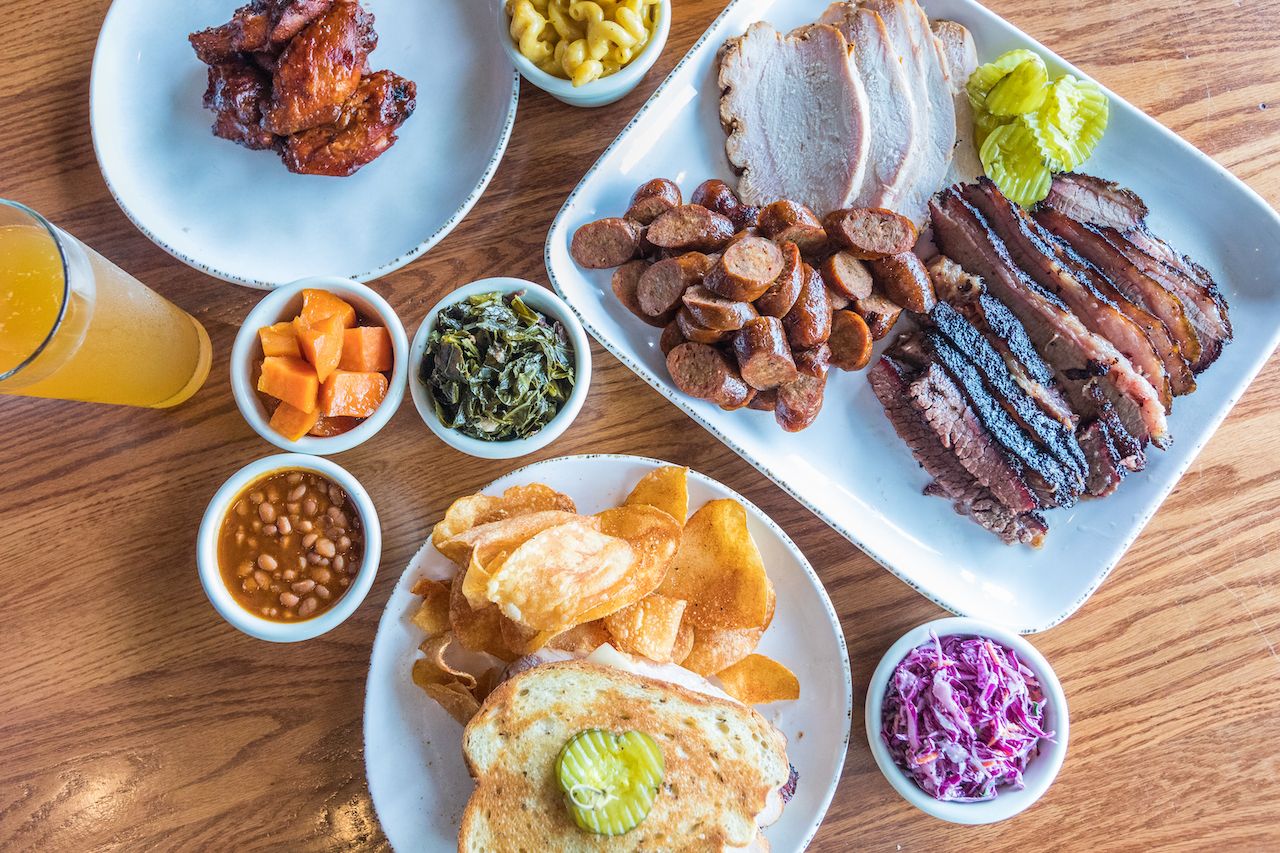Texas just likes to do things its own way. Dress shoes with a tuxedo? No sir, we prefer cowboy boots. Measuring distances in miles? When you have a state this big, distance is measured in hours. Coke or Pepsi? How ‘bout Dr. Pepper. But we’ll still call it a coke.
But perhaps nothing signifies the individuality of Texas better than the world of barbecue. In other parts of the country barbecue means pork and sauces, but in Texas it’s all about the beef. And they like it that way.
“We’re the beef state,” says Texas Monthly barbecue editor Daniel Vaughn. “A lot of other styles look down on Texas because we put beef in a smoker instead of pork, but the cut that’s come to define Texas barbecue is the brisket.”
He’s not lying: While the individual styles vary from region to region, brisket is the one constant. But how did it come to signify Texas barbecue? And how did some of the other Texas barbecue staples like Czech sausage and slices of white bread also become synonymous with the Lone Star State?




